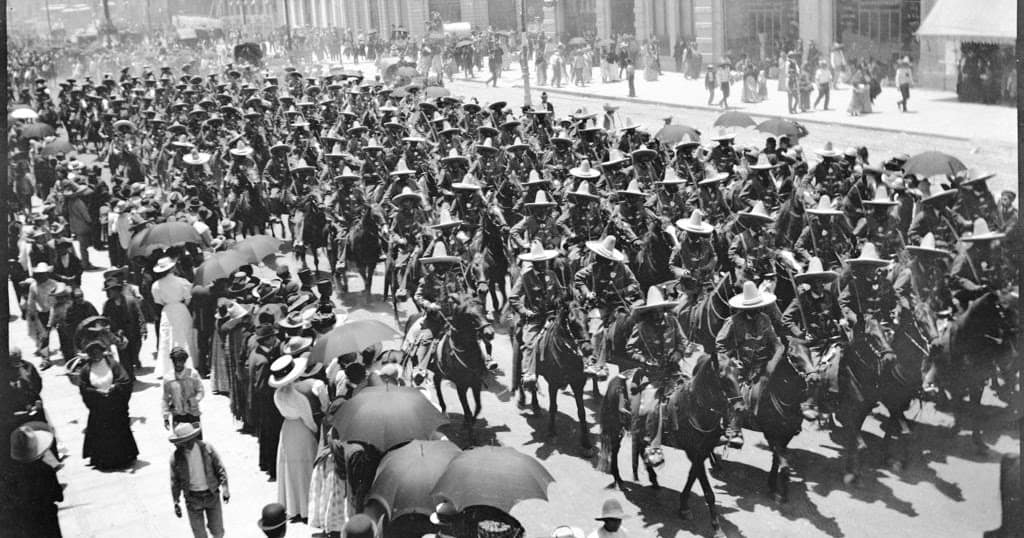Refugees of the Mexican Revolution: Arrival in Houston
During the Mexican Revolution (1910-1920), thousands of refugees fled the violence, crossing the border into Texas. Many found a new home in Houston, where opportunities in labor and industry awaited them. As the city was undergoing economic growth, the influx of refugees provided a workforce that contributed to Houston’s rapid development.

Mexican immigrants settled in areas like Magnolia Park, where communities began to form around shared culture and language. These early settlements were instrumental in fostering a sense of belonging among the refugees, offering both social support and economic opportunities. As more families arrived, they laid the foundation for what would become some of Houston’s most culturally significant neighborhoods.
Economic Contributions of Mexican Refugees
Mexican immigrants played a crucial role in developing Houston’s economy, especially in sectors like construction, agriculture, and the railroads. Their labor helped build much of the city’s infrastructure, including roads, bridges, and homes. In industrial sectors, many worked in Houston’s growing port facilities, contributing to the city’s transformation into a major trade hub.
Beyond manual labor, refugees also established small businesses, including restaurants, bakeries, and shops. These enterprises became essential not only for the local economy but also for preserving Mexican culture within Houston. By the 1920s, Mexican-owned businesses were flourishing, further embedding their influence in the economic fabric of the city.
Cultural Influence on Houston’s Identity
The arrival of Mexican refugees significantly shaped Houston’s cultural landscape. Communities maintained traditions through celebrations like Día de los Muertos and Mexican Independence Day, which soon became prominent events in the city’s social calendar. In neighborhoods like Magnolia Park, traditional Mexican music, cuisine, and art began to thrive, enriching Houston’s cultural identity.
Additionally, Mexican churches and schools were established to serve the immigrant community, becoming pillars of cultural preservation. Over time, these institutions integrated into Houston’s broader community, fostering cross-cultural exchange and shaping the city’s diverse identity. The blending of cultures, languages, and traditions contributed to Houston’s development as a multicultural metropolis.
Social Challenges and Resilience
Despite their contributions, Mexican immigrants faced significant challenges, including discrimination and segregation. Many were confined to specific neighborhoods and denied access to certain public services. However, they responded with resilience, forming advocacy groups and community organizations to address these inequalities.
The establishment of churches, mutual aid societies, and newspapers played a vital role in building community cohesion. These institutions not only provided support but also empowered Mexican Americans to advocate for civil rights, laying the groundwork for future generations to thrive in Houston.

Lasting Legacy and Continued Influence
The legacy of Mexican refugees from the revolution is evident throughout Houston today. Many of the neighborhoods they built remain vibrant centers of culture and commerce. The descendants of these early immigrants continue to shape the city through their contributions in business, politics, and the arts.
Houston’s culinary scene, for example, owes much to the influence of Mexican cuisine, with taquerias and restaurants becoming staples throughout the city. Mexican music, dance, and festivals remain central to Houston’s cultural life, drawing large crowds and promoting a spirit of inclusivity and celebration.